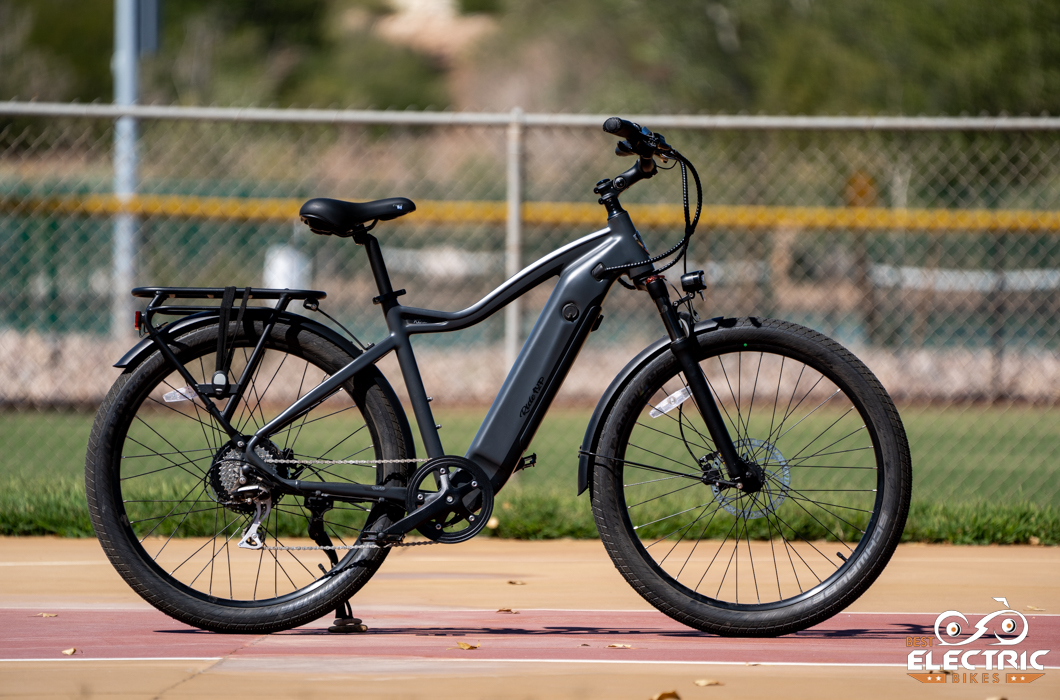
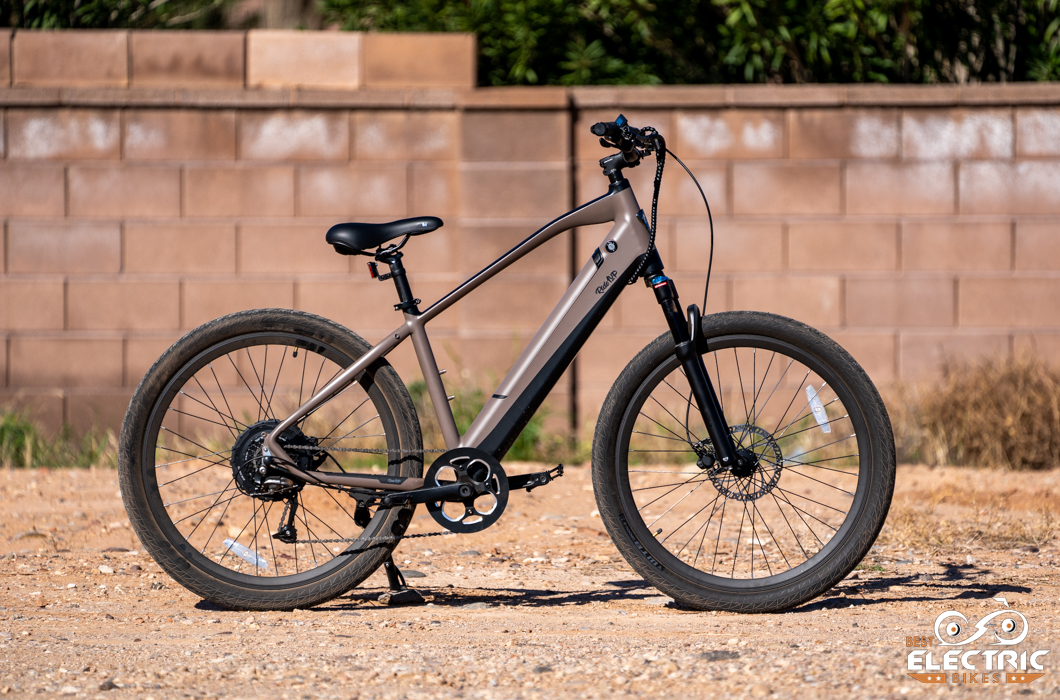
Intro
Ride1UP has earned a reputation for producing above-average e-bikes at below-average price points. Neat trick. Their e-bikes tend to see premium components like air-spring suspension forks, hydraulic disc brakes and 8-speed drivetrains. While the look of the 700 Series and the LMT’D is noticeably different, they share some core features that help distinguish them from much of their competition.
The BestElectricBikes.com email inbox was overflowing with questions pitting the two against each other, not just other compeitors. So let’s see how they stack up side-by-side.
For starters, both the 700 Series and the LMT’D ship as Class 3 e-bikes with a maximum assist speed of 28 mph. They both feature 8-speed drivetrains making them superior e-bike choices for people who live in hilly places. Additional premium features include air-spring (rather than coil spring) suspension forks as well as hydraulic disc brakes.
Where the 700 Series and the LMT’D differ most obviously is that the 700 Series ships ready for commuting. It comes equipped with both front and rear lights, fenders and a rear rack. Just add saddle bags. The LMT’D forgoes the rear light, fenders and rack in favor of a torque sensor. We don’t often see torque sensors on e-bikes in this price range.
Let’s take a look at how those features and differences stack up.
Key specs of the 700 Series vs. the LMT’D
| 700 Series | LMT’D | |
| Class | 3 | 3 |
| Motor | 750W, 60Nm torque | 750W, 95Nm torque |
| Battery | 48V, 720Wh | 48V, 672Wh |
| Drivetrain | 8-speed Shimano Acera | 8-speed Shimano Altus |
| Brakes | Hydraulic disc, 180mm rotors | Hydraulic disc, 180mm rotors |
| Notable features | Comes equipped with an air-spring suspension fork, front and rear lights, fenders and rear rack |
Comes equipped with a torque sensor and air-spring suspension fork |
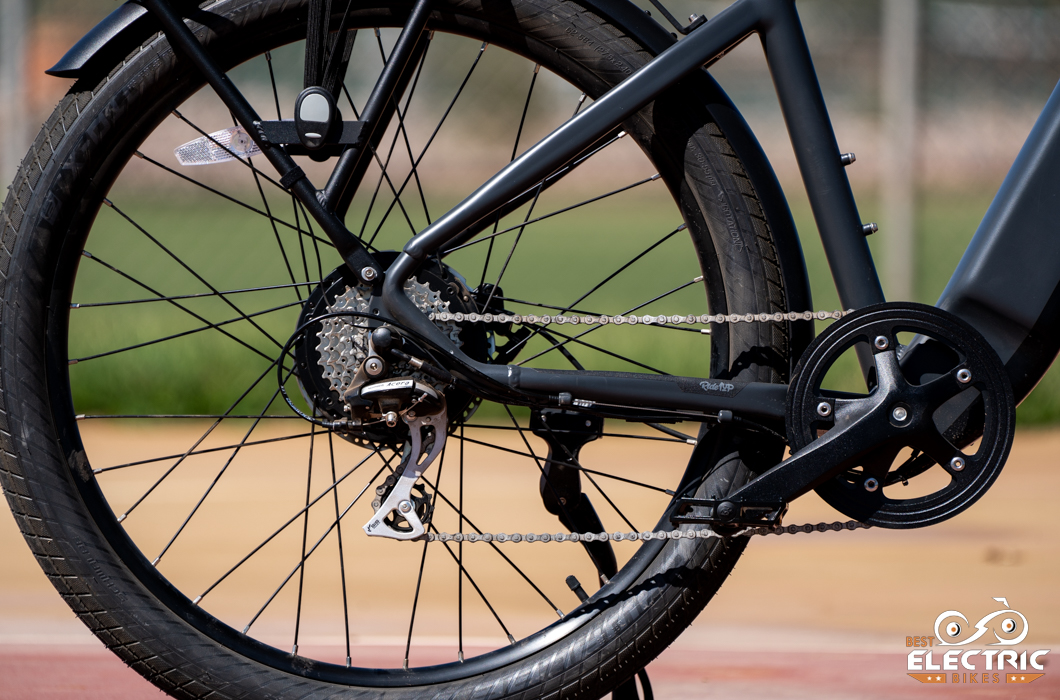
What we like about the 700 Series:
- The 700 Series is a ready-to-go commuter e-bike and comes with front and rear lights, fenders and a rear rack. Just add a saddle bag or backpack.
- With 27.5 x 2.4-in. tires and an air-spring suspension fork, the 700 Series gives riders a comfortable ride, rolls quickly and handles calmly at speed.
- Class 3 performance will make short work of commutes and allow riders to better keep up with the flow of traffic, hitting fewer lights.
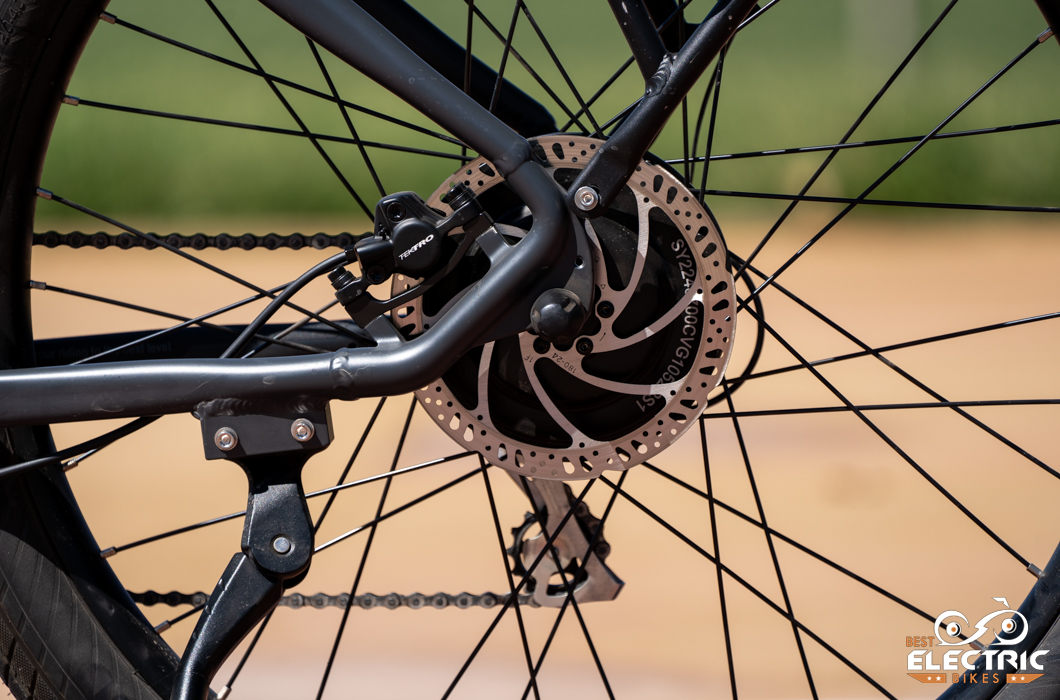
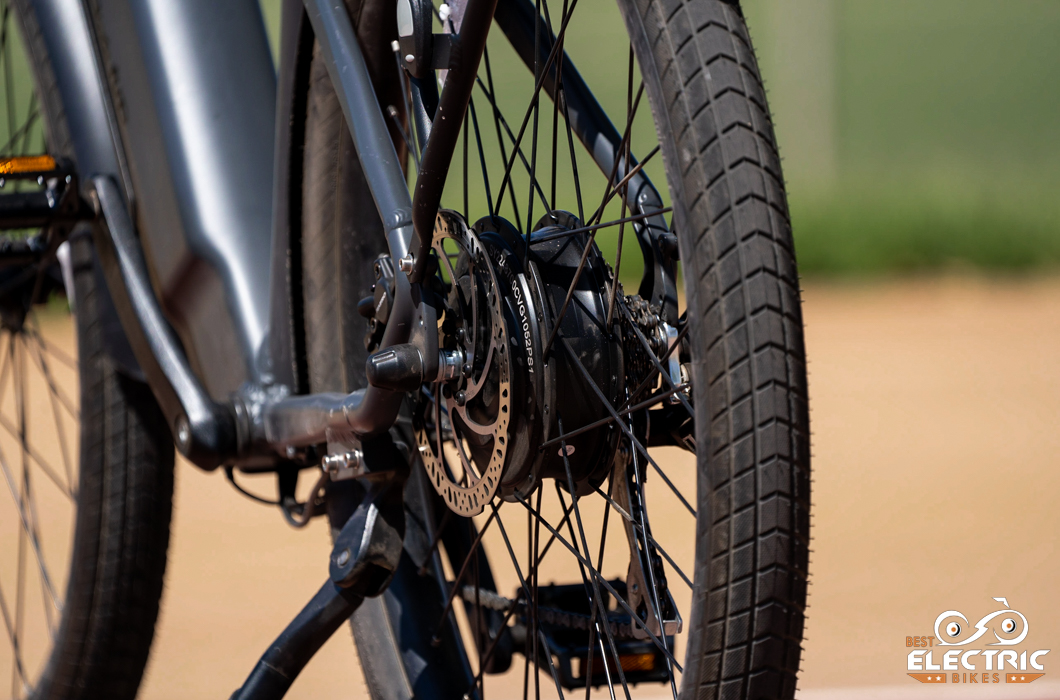
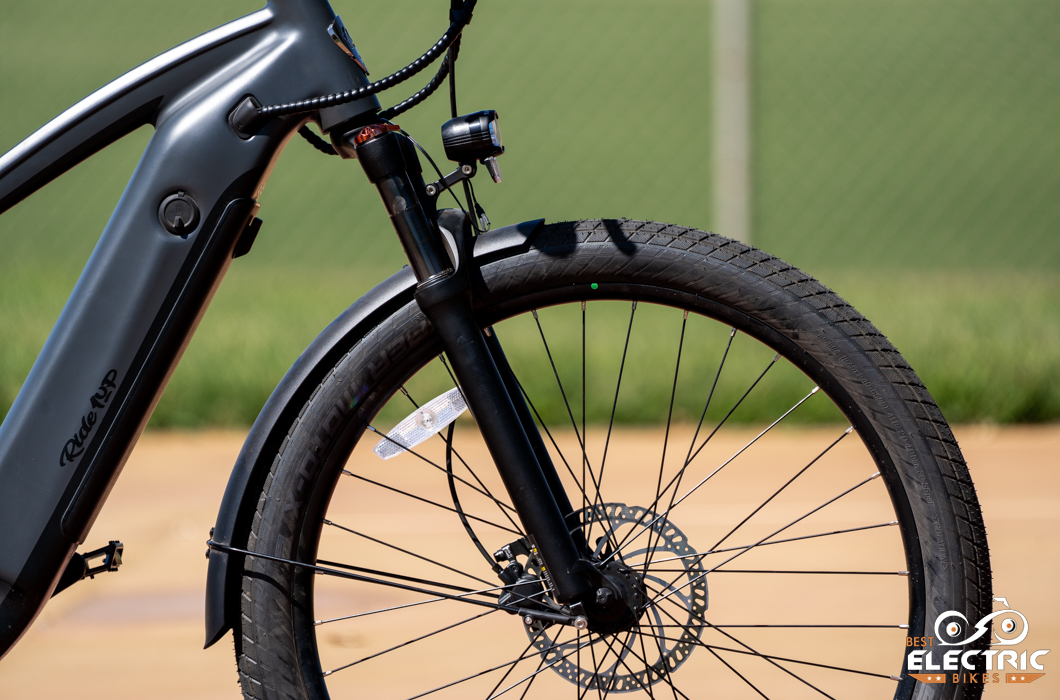
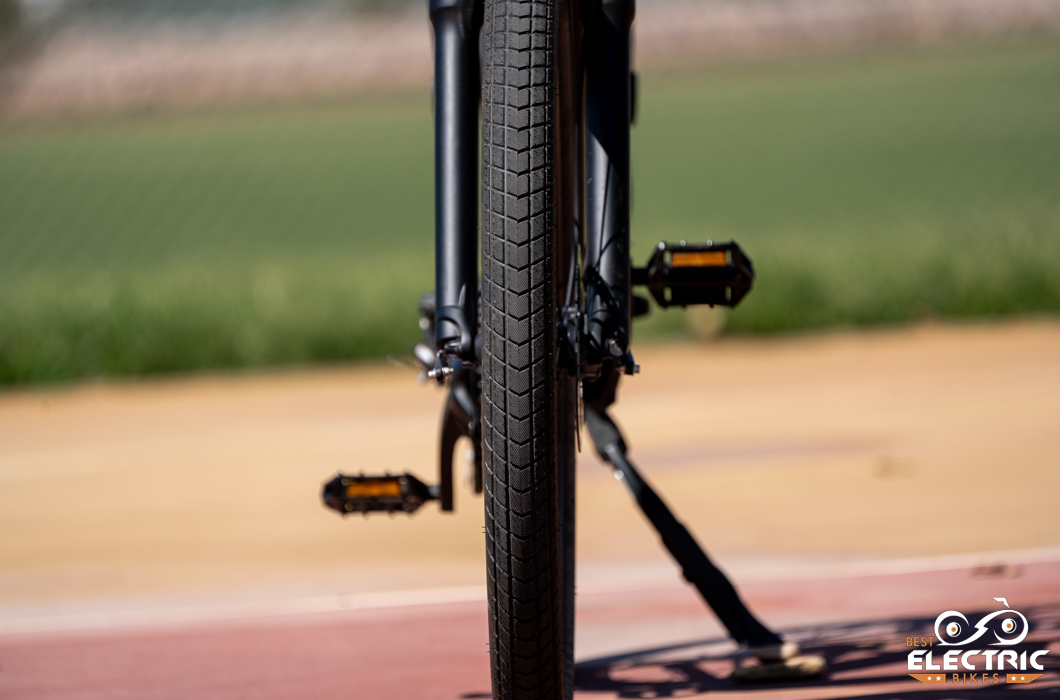
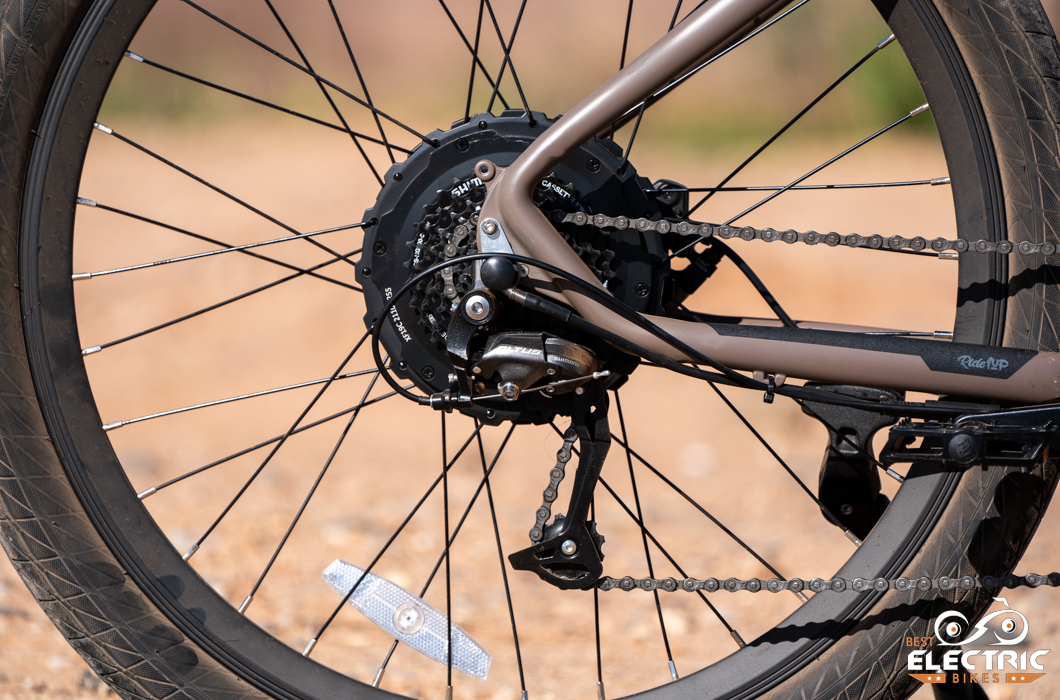
What we like about the LMT’D:
- Thanks to its 750W motor that produces 95Nm of torque, the LMT’D offers exceptional acceleration and hill climbing for an e-bike in this price range.
- Thanks to hydraulic disc brakes, an air/oil fork and an 8-speed drivetrain, this is an e-bike with premium features that doesn’t cost what a premium e-bike runs.
- One of the most affordable e-bikes equipped with a torque sensor, which offers immediate
acceleration and adjusts its power output according to how hard the rider works.
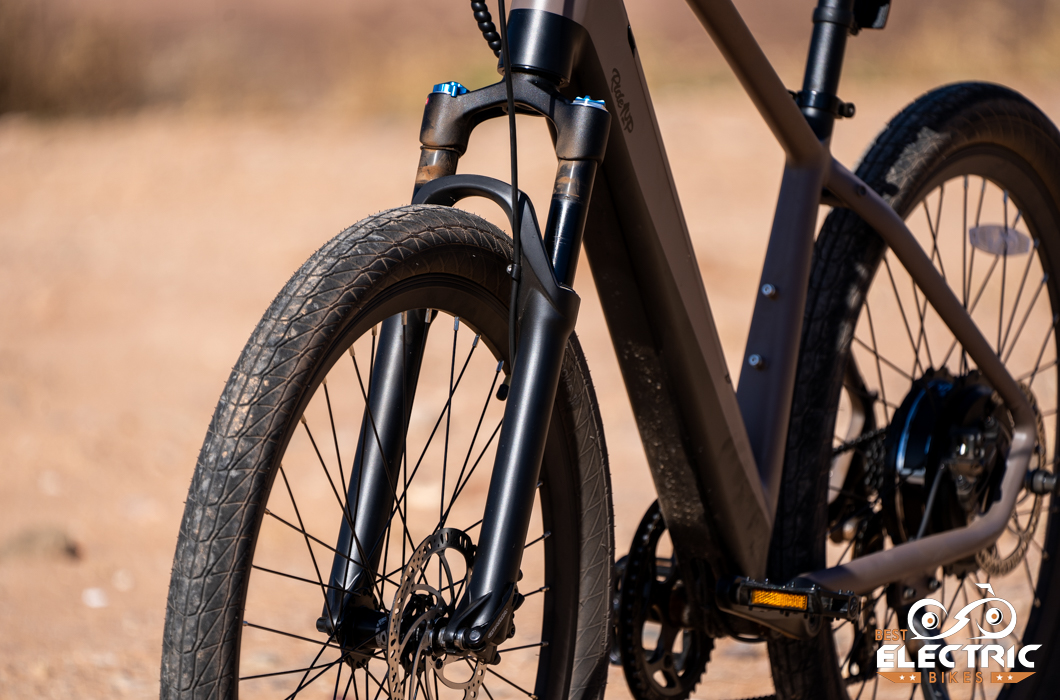
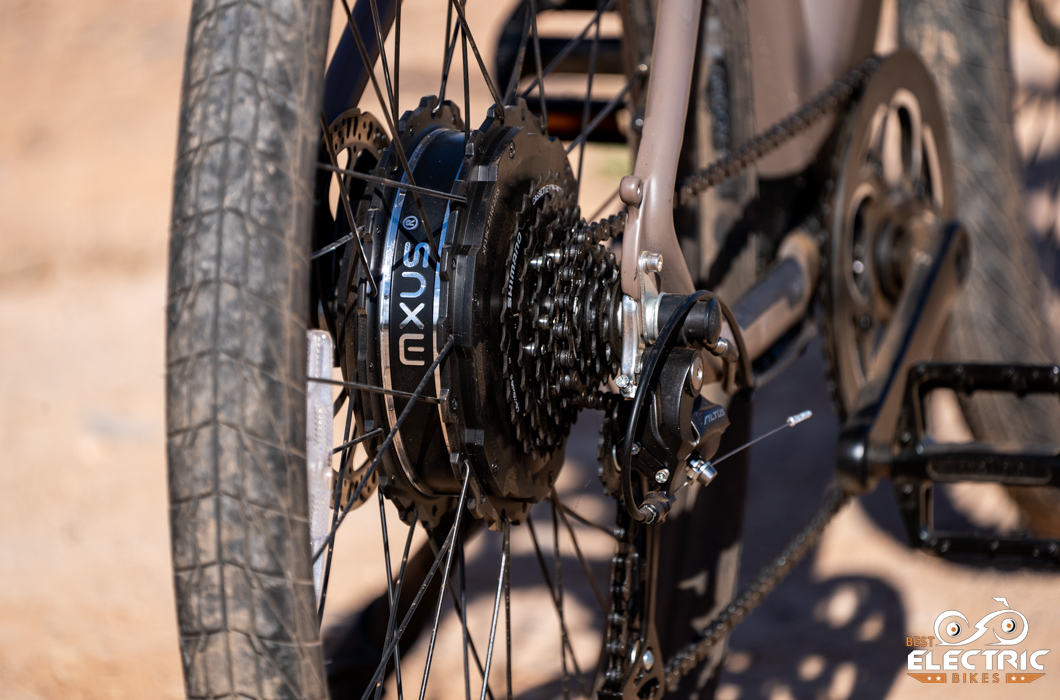
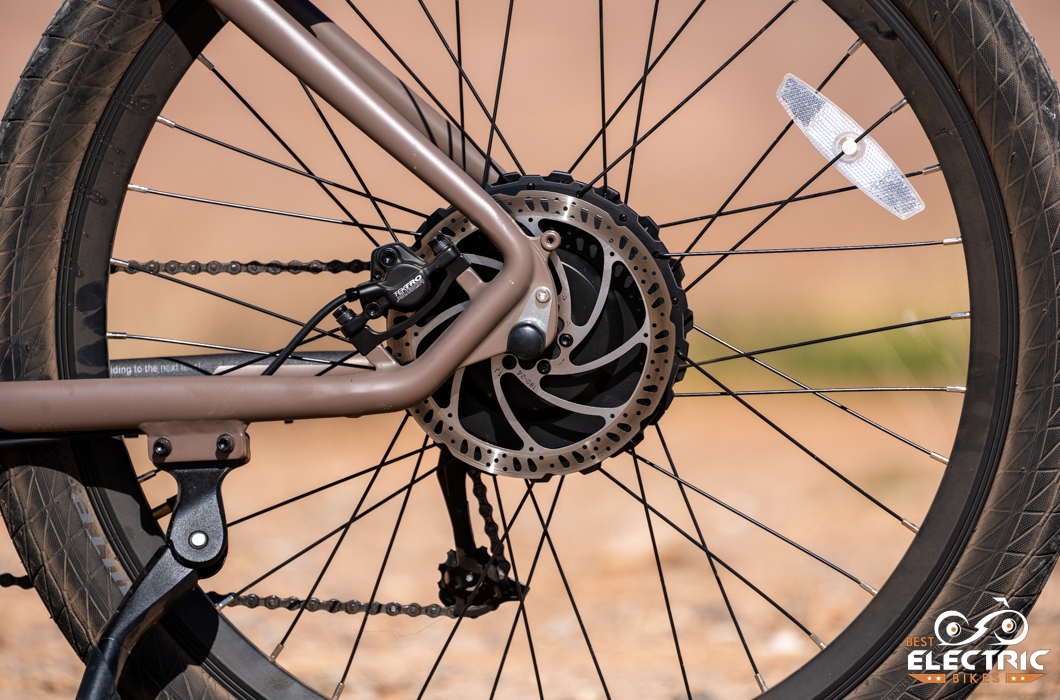
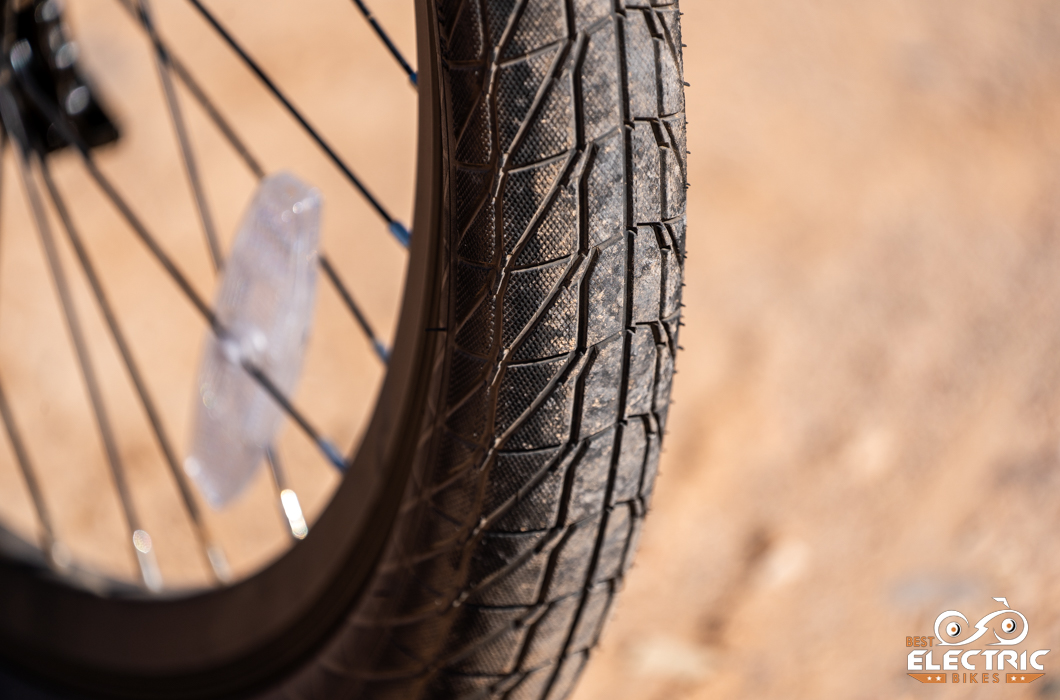
Read our review of the 700 Series |Read our review of the LMT’D
Conclusion
As with the other comparisons we’ve published here, there’s no one correct answer. There’s nothing to say that the LMT’D can’t be used as a commuter; adding a rear rack and light and fenders isn’t hard, or expensive. Choosing between the LMT’D and the 700 Series can’t result in a bad answer.
Both the LMT’D and the 700 Series carry suggested retail prices under $2000, making them especially competitive choices, and as they are priced so similarly, choosing between the two isn’t straightforward.
One of the few notable differences between these two e-bikes comes from the fact that the 700 Series is equipped with a 720Wh battery, while the LMT’D is spec’d with a 672Wh battery. Sharp-eyed readers may wonder why they list both e-bikes as having a roughly 30-50-mil. range per charge. They can assert that because e-bikes with torque sensors tend to use their energy more efficiently, so a smaller battery can offer the rider as much, or more, range as a larger one.
Because a rack, fenders and rear light can be added to the LMT’D, choosing between the two e-bikes hinges on how someone feels about having a torque sensor and this is a matter of what sort of pedaling experience someone wants. That is borne out by our sister site Electricbikereport.com’s testing. The 700 Series covered 28 mi. and 45 mi. in PAS 5 and PAS 1 testing, while the LMT’D covered 31 and 57 mi., respectively.
Active folks who want to feel their athleticism on their e-bike, who want their e-bike to be as responsive as possible and want to feel like the motor is enhancing their effort, the LMT’D is the way to go. It will spring to life the moment a pedal is pushed and the motor will adjust its effort to every change in effort that the rider makes. The feeling is a bit telepathic. Hitting that 28 mph maximum pedal assist speed will require real effort on the part of the rider, but the LMT’D will go.
If, however, someone wants to get out and move around, but they don’t want to work hard, let alone suffer, the 700 Series is a more appropriate choice. The beauty of a cadence sensor is that all it’s looking for is information on whether or not to go. If the rider is pedaling, the cadence sensor will tell the controller to turn the motor on and the controller will tell the motor how hard to go based on what PAS level the rider has chosen. If someone chooses PAS 5, the 700 Series will go as fast as the controller will permit, no matter how hard or soft they are pedaling.
For someone who wants to conserve their energy, a cadence sensor allows what we refer to as ghost pedaling; that’s where someone keeps the pedals turning, but isn’t applying any pressure to the pedals. The cadence sensor detects ongoing movement and sends a signal to the controller telling the motor to kick into gear.
We are fans of the e-bikes that Ride1UP produces. The buyer’s dollar goes a long way with their e-bikes and the LMT’D and the 700 Series are two e-bikes that are well-designed and executed


Leave a Reply